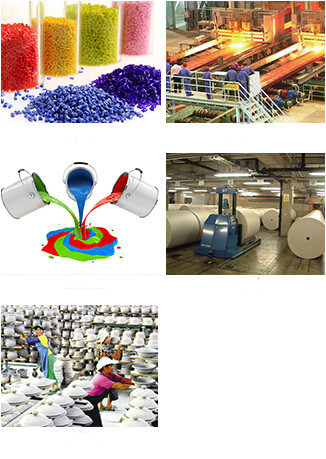
Wollastonite is a kind of triclinic crystal system, which belongs to single-stranded silicate minerals, and usually has flaky, radial or fibrous aggregates. Mohs hardness is 4.5-5, white with a slightly grayish color, with glass luster. In general, wollastonite is resistant to acid, alkali, chemical corrosion, low oil absorption, low conductivity, and good insulation performance.

Wollastonite is used in the body and glaze in the ceramic industry, which can prevent the body and glaze from cracking, breaking, cracking or defecting, and increase the gloss of the glaze surface.
High purity wollastonite, as an inorganic white extender pigment, is widely used in coatings and can replace some of the expensive titanium dioxide.
Wollastonite powder can replace some of asbestos, fiberglass, paper pulp, etc., and is mainly used in firestop board and cement materials, friction materials, interior wall board, etc.
Wollastonite can protect high-temperature molten steel from oxidation in the molten state and is widely used in the metallurgical industry.
Coatings and paints incorporating wollastonite can improve physical properties, durability and weather resistance and reduce paint aging.


| CaO | SiO2 |
|---|---|
| 48.25% | 51.75% |
| Fineness | 20-400 mesh | 600-2000 mesh |
|---|---|---|
| Model | Vertical mill or Raymond mill | Ultrafine roller mill or Vertical ultrafine mill |
The material is crushed by the crusher to the fineness that can enter the mill(15mm-50mm).
The crushed small pieces of material are sent to the storage hopper through the elevator,and then sent to the grinding chamber of the mill evenly and quantitatively through the feeder for grinding.
Through classification, the coarse powder will return to main mill to grind again.
The powder that meets the fineness enters the dust collector through the pipeline with the air flow for separation and collection, and the collected finished powder is sent to the finished product silo by the conveying device through the discharge port, and then is packaged uniformly.


